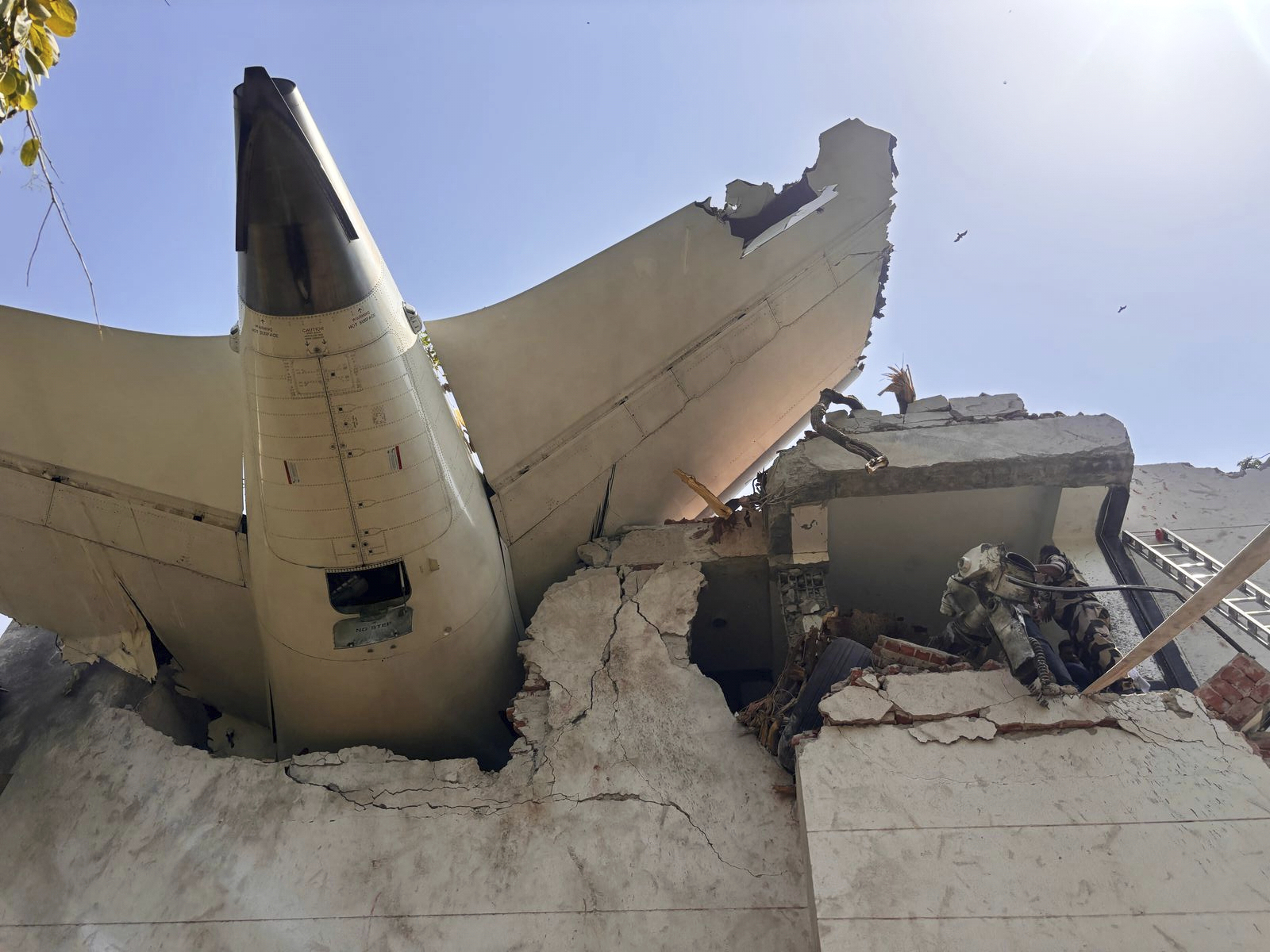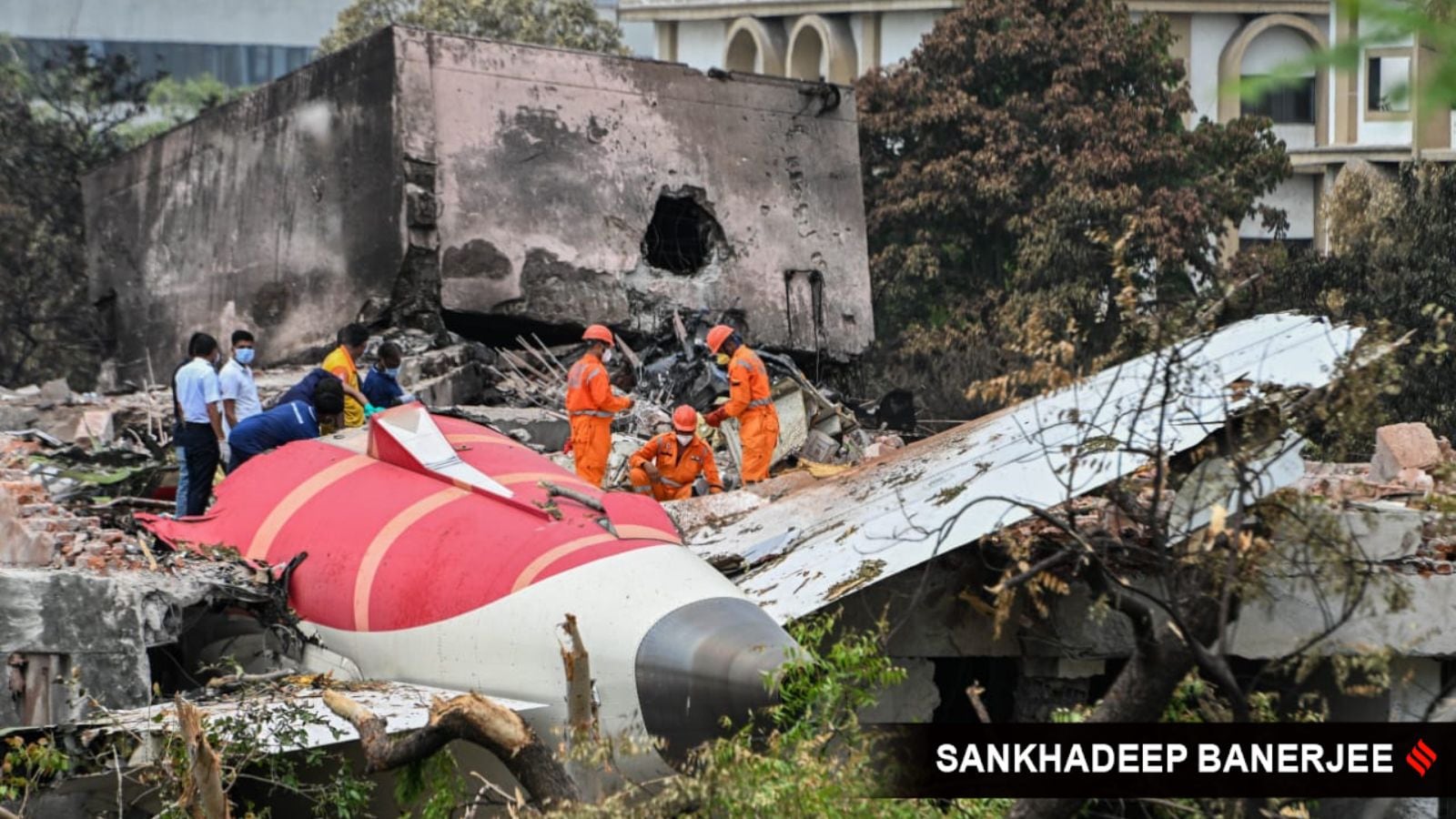Unraveling the Technical Mysteries Behind India’s Boeing 787 Dreamliner Tragedy: What Caused the Jet to Crash Minutes After Takeoff?
Indian authorities have initiated a comprehensive investigation into the devastating Air India crash that claimed at least 270 lives last Thursday, marking the world’s deadliest aviation disaster in a decade. The Boeing 787-8 Dreamliner, carrying 242 people en route from Ahmedabad to London, plummeted into a residential area shortly after takeoff, erupting in flames and destroying part of a medical college hostel. Only one passenger survived the tragedy.

Search and Recovery Efforts
Recovery teams have worked around the clock, retrieving hundreds of bodies from the wreckage. Many victims were severely burned, complicating identification and forcing authorities to rely on DNA profiling and dental records. Families have expressed frustration over delays in receiving the remains of loved ones, as the process is expected to take up to 72 hours. The sole survivor, a British citizen of Indian descent, remains hospitalized but is expected to recover.
Technical Investigation Underway
The Aircraft Accident Investigation Bureau (AAIB) of India, supported by U.S. and U.K. experts, is examining multiple technical factors that may have contributed to the crash. Both black boxes—the flight data recorder and cockpit voice recorder—have been recovered and are being analyzed for clues to the aircraft’s final moments.
Investigators are focusing on several key areas:
-
Engine Thrust and Power Loss: Whether the aircraft suffered a loss of engine power shortly after takeoff.
-
Flap Configuration: If the wing flaps were correctly set, as improper settings can severely affect lift during takeoff.
-
Landing Gear: CCTV footage and eyewitness accounts confirm the landing gear remained deployed throughout takeoff and descent, increasing drag and possibly preventing the plane from gaining altitude.
-
External Conditions: Investigators are also reviewing whether the crew accurately recorded external temperature and aircraft weight, as errors can impact takeoff performance.
Regulatory and Industry Response

In response to the disaster, India’s Directorate General of Civil Aviation (DGCA) has ordered immediate technical inspections of all Boeing 787-8 and 787-9 aircraft with Genx engines across Indian carriers. Eight out of 33 Dreamliners in India have already been inspected, with the remainder prioritized for urgent checks. The government has not ruled out grounding the fleet if further risks are identified.
A high-level committee, including the Union Home Secretary and senior aviation officials, has been formed to conduct an independent and comprehensive review, aiming to deliver policy recommendations for future safety.
Global and Corporate Reactions
Boeing has pledged full support to Indian authorities, dispatching a team of technical experts to assist with the investigation. Tata Group, Air India’s parent company, has expressed deep sorrow and a commitment to understanding the causes of the tragedy.
Prime Minister Narendra Modi visited the crash site and emphasized the government’s commitment to supporting victims’ families and ensuring a thorough investigation.
The Road Ahead
This crash is the first fatal incident involving a Boeing 787 since the aircraft’s introduction and has cast a shadow over Air India’s ongoing efforts to modernize its fleet and restore its reputation. The AAIB is expected to release preliminary findings in the coming weeks, with a full report anticipated within three months.
As the investigation continues, authorities and industry leaders worldwide are watching closely, determined to learn from this tragedy and prevent future catastrophes.






